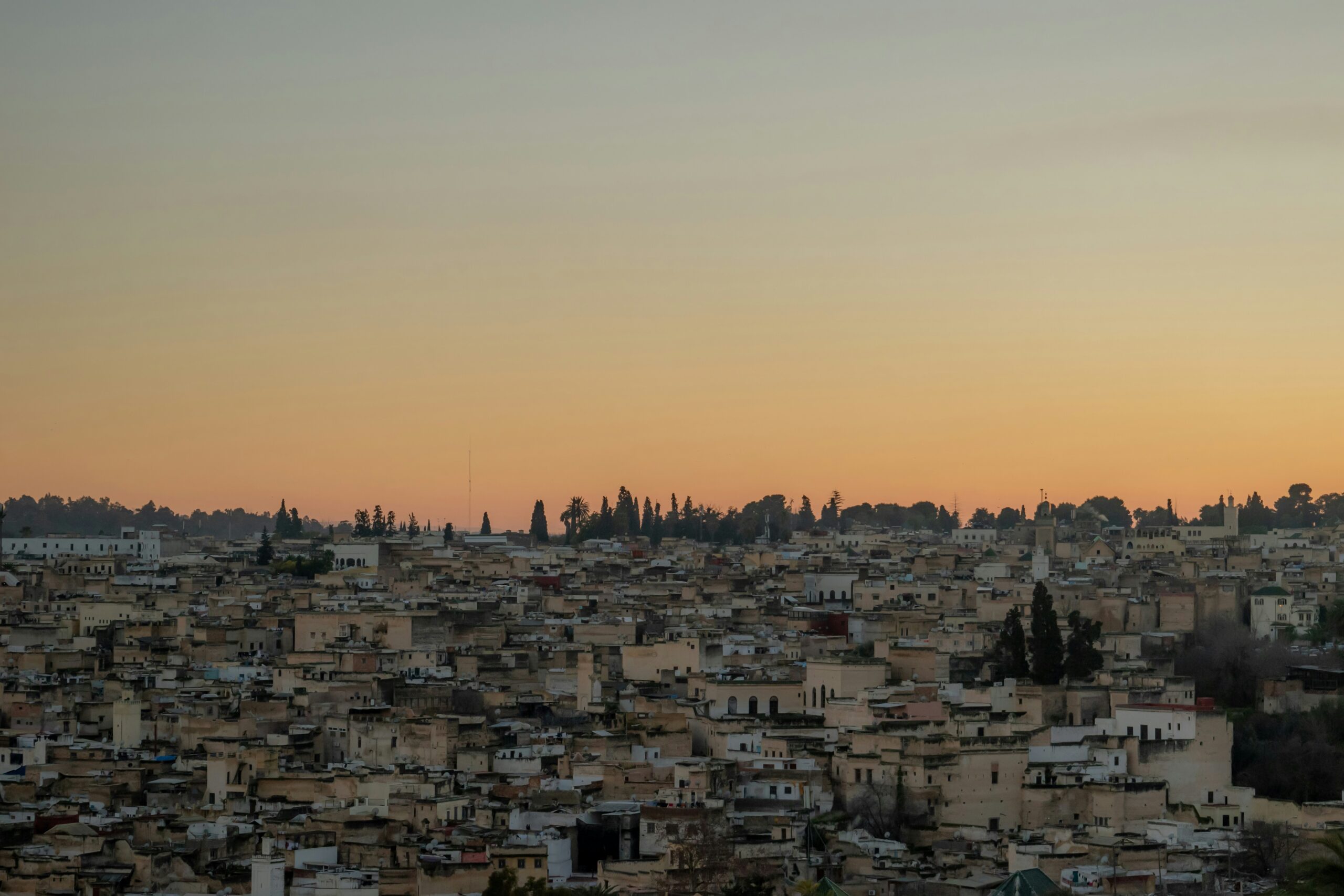
Photo by Carlos Torres on Unsplash
Medina of Fez: Morocco’s Rich Islamic Heritage
greensafariguide.com
Introduction
The Medina of Fez, located in Morocco, is one of the world’s most well-preserved medieval cities and is a UNESCO World Heritage Site. Founded in the 9th century, Fez is often referred to as the spiritual and cultural heart of Morocco. Known for its labyrinthine streets, traditional architecture, and historical significance, the Medina of Fez stands as a testament to Islamic culture and Moroccan craftsmanship. Within its ancient walls are stunning madrasas, mosques, and souks, creating an immersive experience for visitors. As one of the world’s largest urban car-free zones, the medina offers a glimpse into life in Morocco as it was centuries ago.
Historical Background
Founding of Fez
The city of Fez was founded in 789 AD by Idris I, the first ruler of the Idrisid dynasty. The city soon grew to become an important center of commerce, education, and religion, reaching its peak in the 13th and 14th centuries under the Marinid dynasty. Throughout history, Fez has been known for its role as a hub for Islamic scholars and merchants. It was a city of immense intellectual and economic importance, attracting students, theologians, and traders from across the Muslim world.
Al Quaraouiyine University
Fez is home to the University of Al Quaraouiyine, founded in 859 AD by Fatima al-Fihri. The university is recognized by UNESCO and the Guinness World Records as the world’s oldest continually operating degree-granting university. This institution has been a beacon of Islamic education for over a millennium, attracting scholars and theologians from across the Muslim world.
Architectural and Cultural Highlights
Al Quaraouiyine Mosque and University
One of the medina’s most important landmarks is the Al Quaraouiyine Mosque and University, which remains a significant center of Islamic learning. While the mosque itself is only accessible to Muslims, visitors can admire its stunning architecture from outside and explore the surrounding areas, including nearby madrasas.
Bou Inania Madrasa
The Bou Inania Madrasa is one of the most beautiful religious schools in Morocco. Built in the 14th century, it is a masterpiece of Marinid architecture, with intricate zellige tilework, carved wooden beams, and a serene central courtyard. The madrasa serves as both a religious and educational institution and is one of the few Islamic sites in Fez that is open to non-Muslim visitors.
Traditional Souks and Artisan Markets
The medina is home to some of Morocco’s most famous souks, or marketplaces. Walking through the narrow alleys, visitors can find traditional Moroccan crafts such as handwoven textiles, ceramics, metalwork, and the famous Fez leather goods. The Chouara Tannery, one of the oldest in the world, is a must-see for those interested in traditional leather production.
Cultural and Religious Significance
The Spiritual Heart of Morocco
Fez is considered Morocco’s spiritual heart. The city has long been a center of Islamic scholarship and is home to some of the most important mosques and religious institutions in the country. The Al Quaraouiyine Mosque is particularly significant as it has served as both a religious and educational institution for over a thousand years.
Festivals and Cultural Events
Throughout the year, Fez hosts a number of festivals celebrating its rich cultural heritage. The Fez Festival of World Sacred Music, for example, brings together musicians and performers from around the world to celebrate spiritual music and cultural unity. The Moussem of Moulay Idris is another key festival, honoring the city’s founder and drawing pilgrims from across Morocco.


Preservation and Challenges
UNESCO and Preservation Efforts
Since its designation as a UNESCO World Heritage Site in 1981, the Medina of Fez has been the focus of numerous preservation efforts. Restoration projects have been carried out to preserve the city’s historic buildings, mosques, and madrasas, while respecting the original craftsmanship and architectural style.
Modern Challenges
Despite these efforts, the medina faces challenges due to the pressures of modernization and tourism. While tourism helps drive the economy, it also poses a risk to the preservation of the medina’s fragile architecture. Preservation initiatives aim to strike a balance between maintaining the city’s cultural heritage and adapting to the demands of a modern city.
Visiting the Medina of Fez
Travel Tips
- Best Time to Visit: The best time to visit Fez is during the spring (March to May) or fall (September to November) when the weather is pleasant.
- What to See: Don’t miss the Bou Inania Madrasa, Al Quaraouiyine Mosque, the Chouara Tannery, and the various souks and artisan markets.
- Getting Around: The medina is a car-free zone, and walking is the best way to explore its narrow alleys. Consider hiring a guide to help navigate the maze-like streets.
The Medina of Fez is a living testament to Morocco’s rich cultural, religious, and architectural heritage. As a UNESCO World Heritage Site, it offers visitors a glimpse into a city that has remained largely unchanged for centuries. From its ancient mosques and madrasas to its vibrant souks and artisan markets, the medina provides an immersive experience in Morocco’s history and Islamic culture. Visiting Fez is not just a journey through time; it’s a chance to experience the enduring legacy of one of the world’s great cities.

